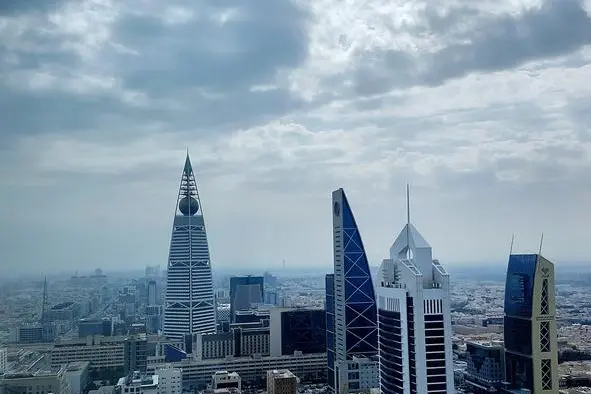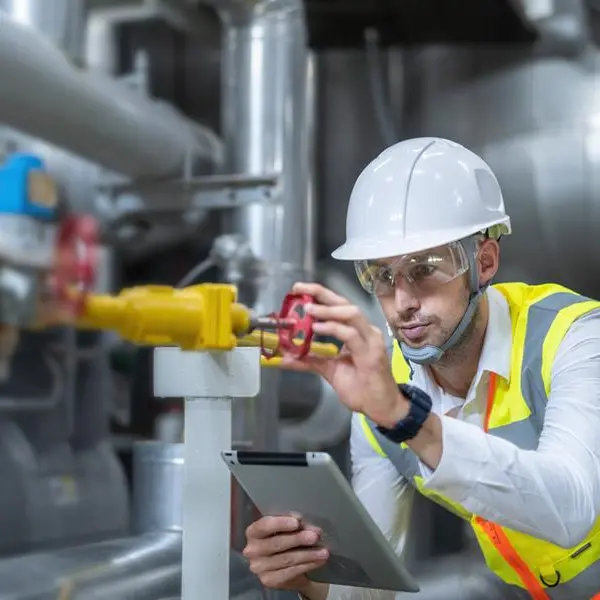PHOTO
The "Quality of Life" Program 2020, one of the main pillars of Vision 2030, aims to improve the lifestyle of individuals and families in the Kingdom. This is achieved by enhancing the participation of citizens in cultural, entertainment, sports and other activities that contribute to the quality of life and promote the status of Saudi cities globally.
Essential to achieving this is creating vibrant communities in which individuals and families interact and engage with one another and their physical environment. Unlike the traditional makeup of cities, where residential, commercial, retail and hospitality assets were unintegrated, 21st century living calls for urban masterplans that facilitate a social mix through incorporating all asset classes within communities. These must offer quality basic and lifestyle services with public spaces for all to boost the physical, psychological, and digital health of the Vision 2030 generation.
Rapidly changing demographics, an improvement in urban connectivity, and a growing mortgage market present ripe opportunities for the development of mixed-use communities. Saudi Arabia boasts a population of 33 million in 2018 and is expected to grow at an average rate of 1.8 percent per annum over the next three years, according to Oxford Economics. More relevant though, the population is relatively young with 60 percent between the ages of 15-49. In line with global trends, younger generations want to live, work and play in a more urban environment that encourages a sense of community. To achieve that, developers should bring a variety of uses together in an almost self-contained mini city.
Another key factor is the improving connectivity within urban areas. Whether the anticipated Riyadh Metro or the Jeddah Haramain Railway, among other transport systems, infrastructure projects will play a substantial role as a catalyst for real estate markets improving the quality of life of local communities.
Based on an analysis of global benchmarks, mobility schemes are expected to be a strong driver of growth and demand across the Kingdom as a result of improved connectivity. Longer-term, this is expected to increase the value of properties in close proximity to transit systems. A third key element is the government’s commitment to providing homes to Saudi citizens. Under Vision 2030, the Sakani program was launched to provide more than 500,000 residential units by 2030 across the Kingdom, at a planned cost of SR500 billion.
Many of these projects are built using modern construction techniques to ensure high quality and sustainability. Projects also will include medical facilities, schools, retail, parks and open spaces, providing modern amenities to citizens.
The first quarter of 2019 saw the announcement of an SR86 billion ($23 billion) well-being project to revamp public spaces in Riyadh, improve the quality of life, and promote urban development. Due for completion in 2025, the King Salman Park will incorporate a central public green space surrounded by multiple mixed-use developments with recreational and sports areas, among other features.
In Jeddah, SR4.6 billion has been allocated to raise the living standards in the city.
This includes investing in new social and urban projects but also upgrading slums and revamping unplanned neighborhoods to make way for high-quality mixed-use developments, namely the New Jeddah Downtown.
This 15-square-kilometer development will become a unique tourist, residential and commercial destination with entertainment and shopping activities on Jeddah’s waterfront.
With millennials and Gen Z now reshaping future spaces, property developers and owners must adapt and be agile to market conditions.
This involves investing in upgrades and expansions in line with market demand, to maintain their long-term value and relevance and ensure socioeconomic integration.
As such, they must take into consideration multiple elements when rethinking their spaces and strategies, particularly the proximity to the workplace or to retail and entertainment outlets. This then reflects positively on the value of properties, making them a more transactional product.
It is inevitable that for the success of urban regeneration, various public and private entities are involved in the planning process. This ranges from decision making and financing, to implementation and operation management.
In this regard, many government initiatives are underway and aim to encourage the private sector to build communities, increase their participation in funding options and mortgage solutions, and contribution to home ownership schemes.
• Shahd AlMehdar is a senior research analyst at JLL.
Copyright: Arab News © 2019 All rights reserved. Provided by SyndiGate Media Inc. (Syndigate.info).












